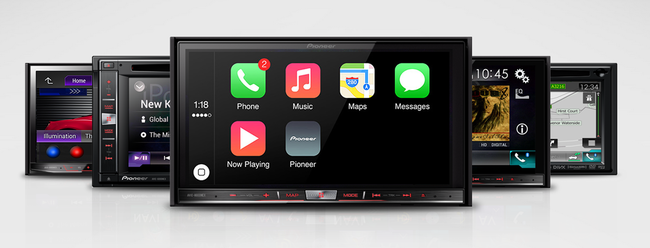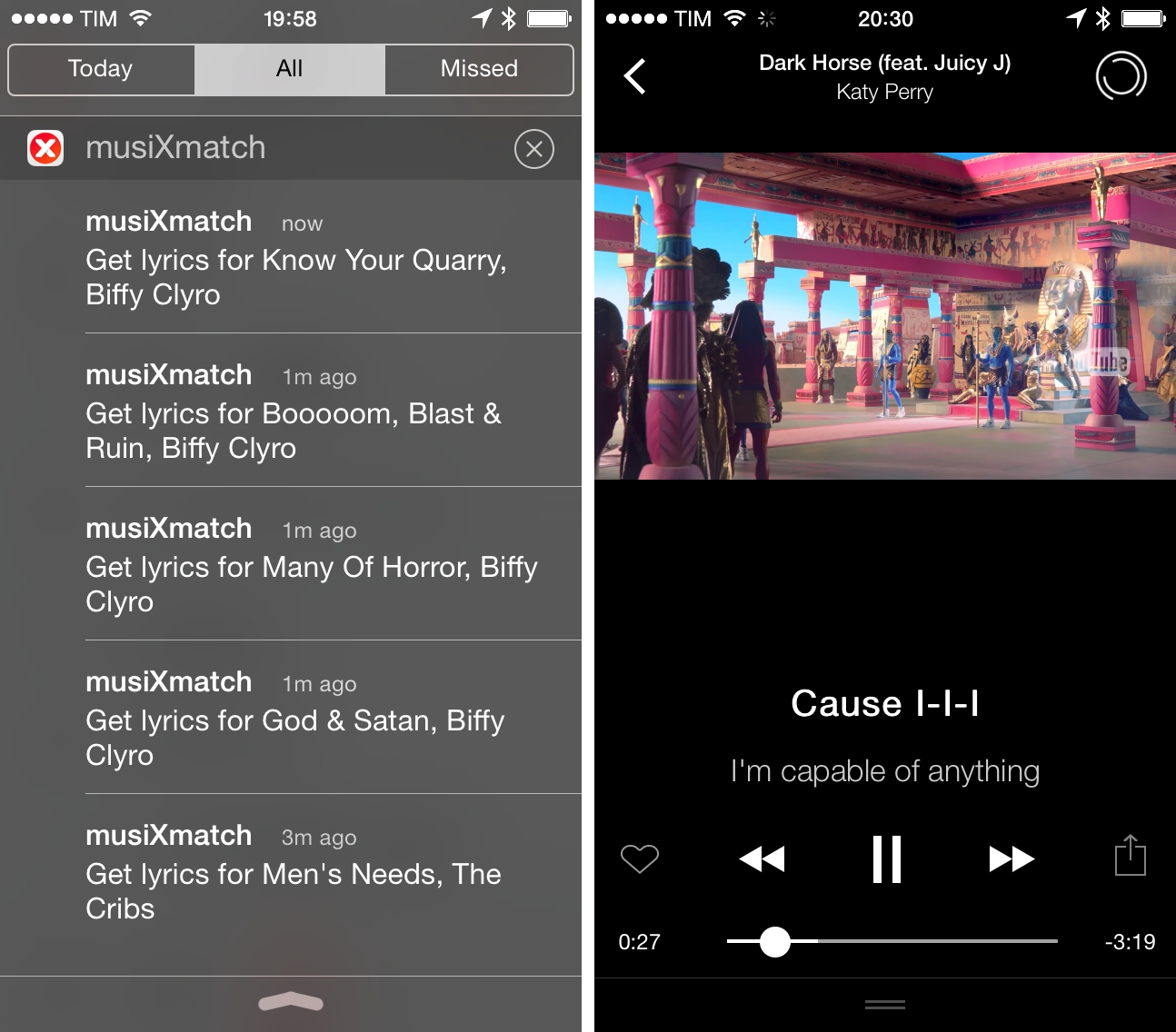In post published yesterday on the Editorial forums, developer Ole Zorn shared more details on Editorial 1.1, announcing some features he’s been working on for the update, such as the ui module, which will allow users to create custom interfaces inside Editorial:
It’s not just a module, there’s also an integrated visual editor for setting things up without code, and in Editorial there’s also a way to build UIs around workflows, without having to write Python at all (though you can also mix and match). Before you get the wrong idea: This is in no way a complete wrapper around UIKit or some kind of Cocoa bridge, so you won’t be able to do a all the things you could do in a native app, but it provides a (hopefully) easy-to-use and pythonic way to create UIs that look and feel “at home” on iOS, and it’s possible do some relatively advanced stuff with custom drawing and touch handling.
For Editorial, I tend to think of this as a “plugin” interface that allows the creation of workflows that are nearly indistinguishable from native features. Obviously, this won’t be for everyone, and there will definitely be a learning curve, but given what I’ve seen this community come up with, I’m pretty confident that it will enable some people to really push the limits of iOS text automation (and others to reap the rewards via shared workflows).
I can’t stress this enough – the new module fundamentally reinvents the way you can build visual workflows in Editorial, and I can’t wait to share more about the workflows I’ve been working on.
Make sure to check out Ole’s post for screenshots of Editorial 1.1 on the iPad and iPhone.




